New book, Learning Spaces, reports on how design is transforming schools and learning experiences in the 21st century
October 29th, 2009
Learning Spaces is a new book exploring how design is transforming schools and learning experiences in the 21st century, and follows on the heels of the Federal Government’s $16 billion commitment to national education infrastructure over the next three years.
Architect/education academics Clare Newton and Kenn Fisher are the editors of the nation’s latest word on education design, Learning Spaces, being launched in Melbourne this week.
Designing for education is a specialised business and requires expertise in contemporary educational models about how design influences and enhances learning, and can benefit the development of school and university communities and local neighbourhoods.
Learning Spaces is designed to be an aid for better communication between designers and educators and explores the links between learning and design in its combination of journal articles and papers, case studies, interviews and advice from practitioners, professionals and academics.
Schools and curricula are changing. Young people today are natives in the world of information technology, and adept at learning using digital media and it is this increased connectivity between students and their local and global environments that is transforming school environments from teaching institutions to learning organisations.
Yet, there are other factors also at play. Schools are becoming stronger assets for their local communities, with facilities used after hours and as a setting for lifelong learning meaning briefs to architects are increasingly seeking design responses which address the issues of sustainability.
Newton says space is irrevocably linked to teaching strategies.
“Elements such as the shape and size of the spaces, the furniture and finishes are silently influencing how teachers and students behave,” she says.
In tracking recent transformations in the planning and design of formal education settings and their impacts on learning, Learning Spaces uncovers how the most innovative learning environments often evolve as a design response to strong educational direction in schools.
The pair are the first interdisciplinary team to win the Australian Institute of Architect’s 2008 Sisalation Prize and join a long line of successful Australian architectural researchers to publish books in the institute’s Take series.
Details:
Take 8: Learning Spaces – the transformation of learning spaces for the 21st century
Available from Architext bookshops (Melbourne and Sydney), architext.com.au or download an order form at architecture.com.au
Words: Stephanie Madsion
Hero Image: Sydney University Law Building. Photographer – John Gollings
INDESIGN is on instagram
Follow @indesignlive
A searchable and comprehensive guide for specifying leading products and their suppliers
Keep up to date with the latest and greatest from our industry BFF's!
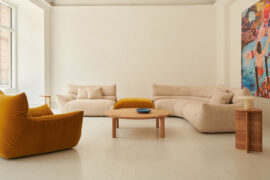
A curated exhibition in Frederiksstaden captures the spirit of Australian design

A longstanding partnership turns a historic city into a hub for emerging talent
The new range features slabs with warm, earthy palettes that lend a sense of organic luxury to every space.

London-based design duo Raw Edges have joined forces with Established & Sons and Tongue & Groove to introduce Wall to Wall – a hand-stained, “living collection” that transforms parquet flooring into a canvas of colour, pattern, and possibility.

We’re delighted to announce the acquisition of what is now Character Digital, a renowned social media marketing and content creation agency.
The internet never sleeps! Here's the stuff you might have missed
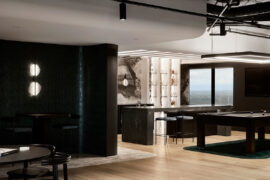
The shared Melbourne office brings together Studio 103 and McCormack in a dual headquarter that doubles as a showcase of materials and craft.
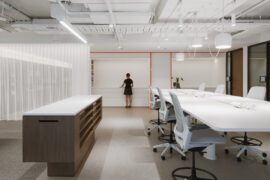
GEYER VALMONT is launching an innovation hub designed to improve existing interior design capability through enhanced ways of working and industry-leading technology products.
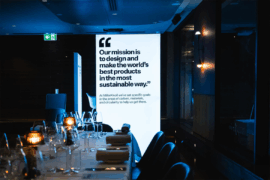
MillerKnoll reimagines the convention of dinner table interactions by plating up a future-forward menu of sustainable design conversation starters as part of the inspiring “Conversations for a Better World” event series.
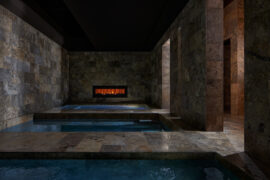
Hogg & Lamb’s Albion Bathhouse has been awarded The Health & Wellbeing Space at the INDE.Awards 2025. The project reimagines the contemporary bathhouse as an immersive architectural journey – one that restores balance through atmosphere, materiality and mindful design.